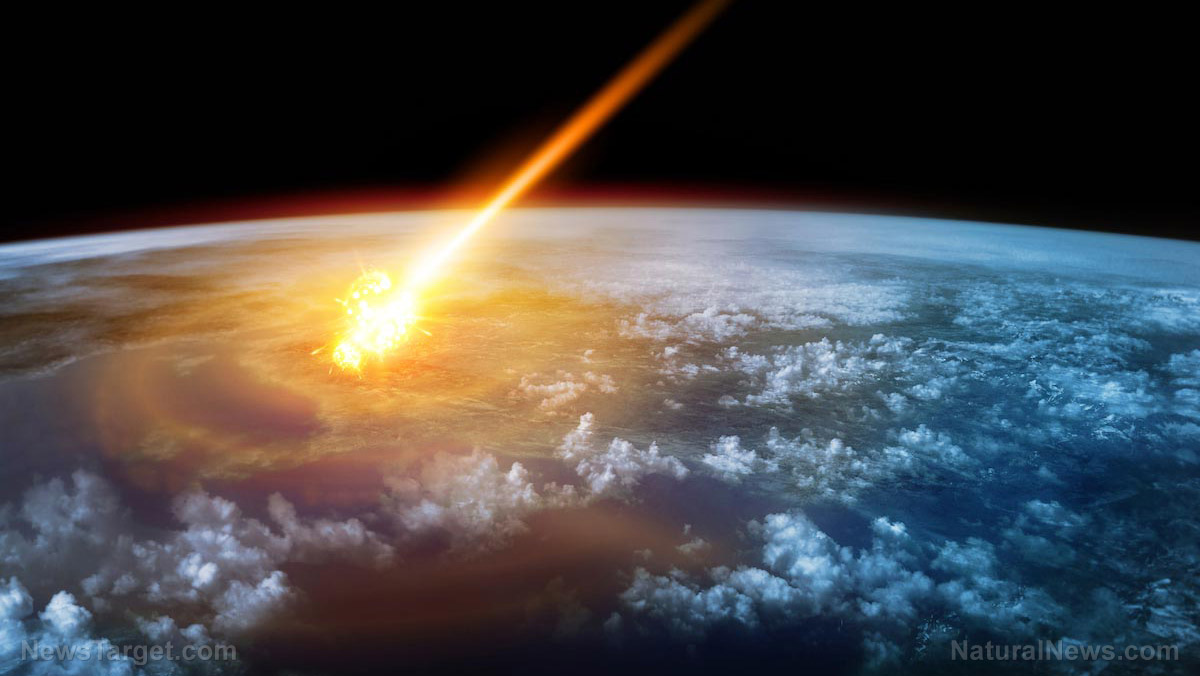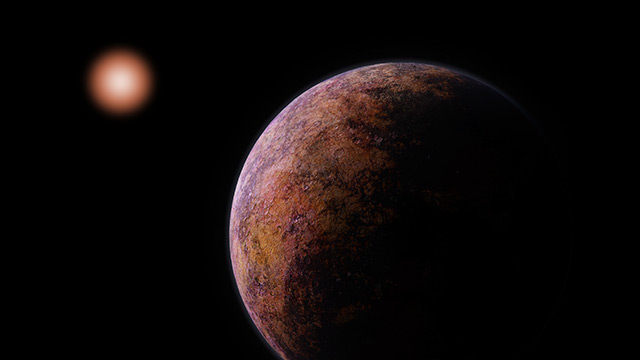Antarctic expedition uncovers iron-rich meteorites
09/19/2019 / By Edsel Cook

A U.K. research team boldly went to where their counterparts from other countries had gone before: Antarctica, where they dug up iron-rich meteorites trapped beneath the ice for analysis back home.
The expedition brought back 36 dark-colored space rocks. While their sizes vary, the biggest one is around the size of a melon.
Meteorites record the state of their surroundings during the time of their creation. The oldest ones may tell researchers a lot about the time when the solar system and planets got formed.
Iron-rich meteorites are rarer than their more numerous non-metallic counterparts. They sink into the ice, making them harder to spot and extract from the ground.
Since the 1970s, China, Italy, Japan, and the U.S. have regularly dispatched scientific expeditions to Antarctica to collect meteorites. The U.S. sends a party every year.
The U.K.’s very first such expedition consisted of researchers from the University of Manchester. They spent four weeks in Antarctica and relied on snowmobiles to move between sites in search of meteorites.
“We visited an area about 600 km or so from the coast, at an altitude of 1100 m above sea level. It was quite a flat region, but we could see mountain ranges around to give a sense of scale,” related Manchester researcher Dr. Katherine Joy. (Related: Theia and proto-Earth: Did a planetary collision result in life on Earth over 4.4 billion years ago?)
U.K. sends its first meteorite collection expedition to Antarctica
Joy and her Manchester colleagues sought out iron-rich meteorites concealed beneath the Antarctic ice. These metallic chunks absorbed enough heat from the sun to melt the frozen surface and sink downward.
The researchers suspected that the majority of metallic meteorites in Antarctica lurked a few centimeters beneath the surface of the ice sheet. Even such shallow depths made it much more difficult to spot a meteorite in the ice, much less dig it out of its imprisonment.
Due to the difficulties in finding and extracting them, iron-rich meteorites are a rarity in meteorite collection from around the globe, including the Arctic and Antarctic regions. The U.K. researchers sought to amend that.
They selected an unexplored area for prospecting iron-rich meteorites. The site was not only untouched by previous expeditions, but was also likely to have more space rocks than other places.
“From some initial tests that we do in the field when we collect them I think that most are likely to have come from different types asteroids – but you never know, and when we have checked them more carefully I hope we might have one from the Moon or Mars,” Joy remarked.
Ancient meteorites contain stories about the solar system, planets, and life on Earth
The Antarctic ice sheets may move at a glacial pace, but move they do. Any meteorites that land there are slowly but surely carried toward the coast.
Most of the meteorites end up dunked into the ocean. But some of them run smack into mountain ranges and other physical barriers. As a result, the rocks tend to appear in larger numbers in elevated areas.
Researchers prize these meteorites because they contain plenty of data on the early years of the solar system and its occupants.
During the birth of the solar system, cosmic dust thronged around the gravitational field of the sun. As the dust clumped together, it formed the planets and moons, as well as the asteroids, comets, and meteoroids.
For example, the so-called Orgueil meteorite formed alongside the rest of the solar system. By the time it crashed on Earth, it was 4.5 billion years old. It also contained carbon, oxygen, and nitrogen – all elements that served as building blocks for early life.
Sources include:
Tagged Under: Antarctica, breakthrough, cosmic, discoveries, iron, meteorites, planets, solar system, space research, space rocks
RECENT NEWS & ARTICLES
Cosmic.News is a fact-based public education website published by Cosmic News Features, LLC.
All content copyright © 2018 by Cosmic News Features, LLC.
Contact Us with Tips or Corrections
All trademarks, registered trademarks and servicemarks mentioned on this site are the property of their respective owners.


















